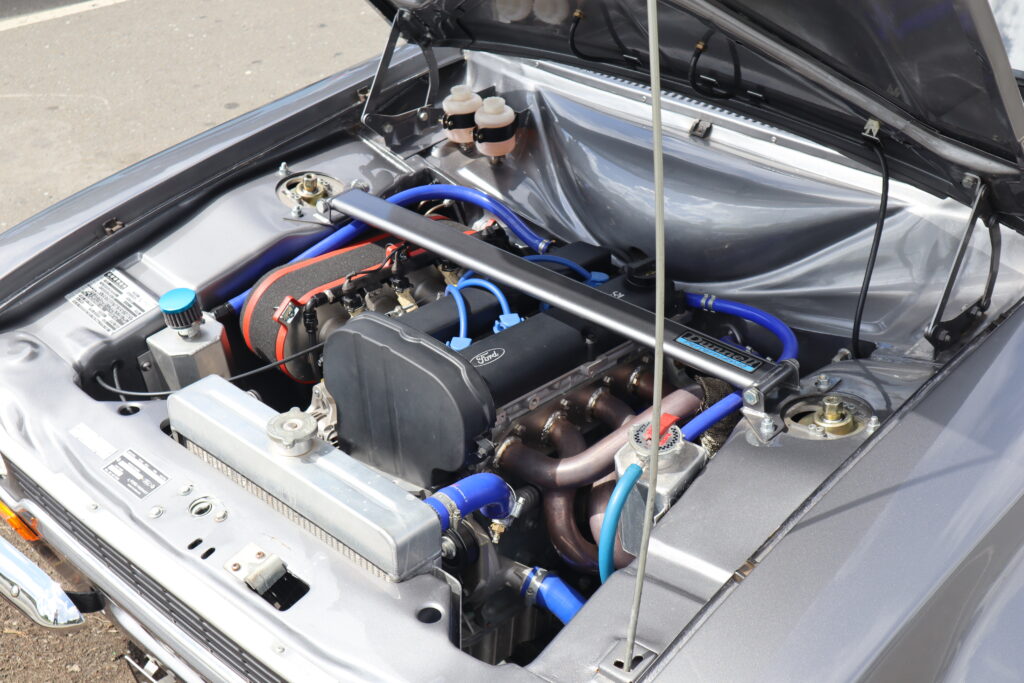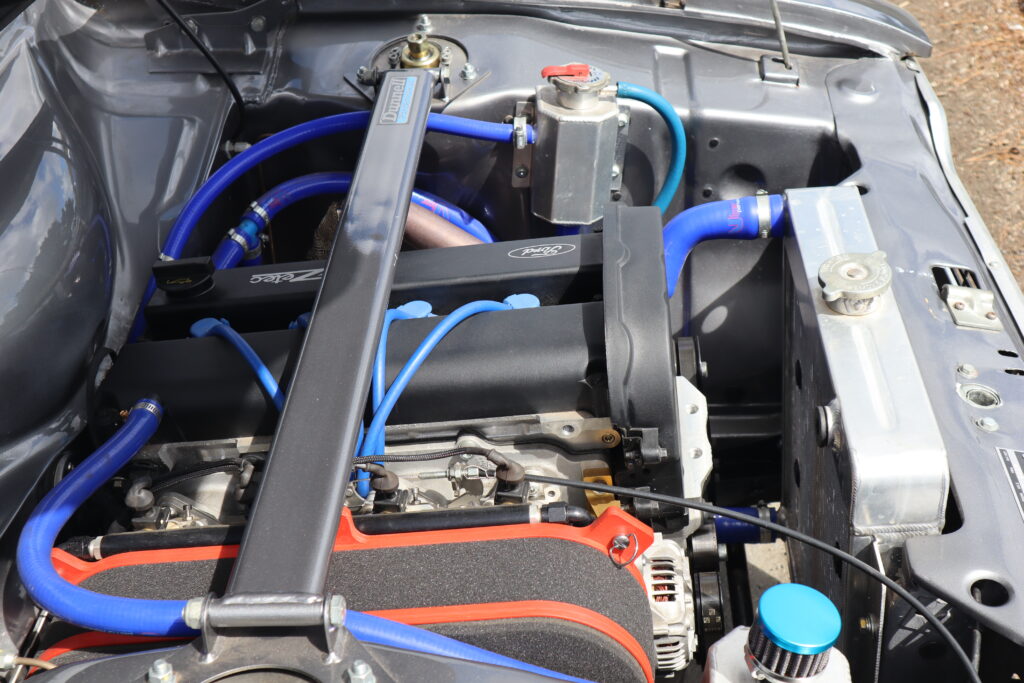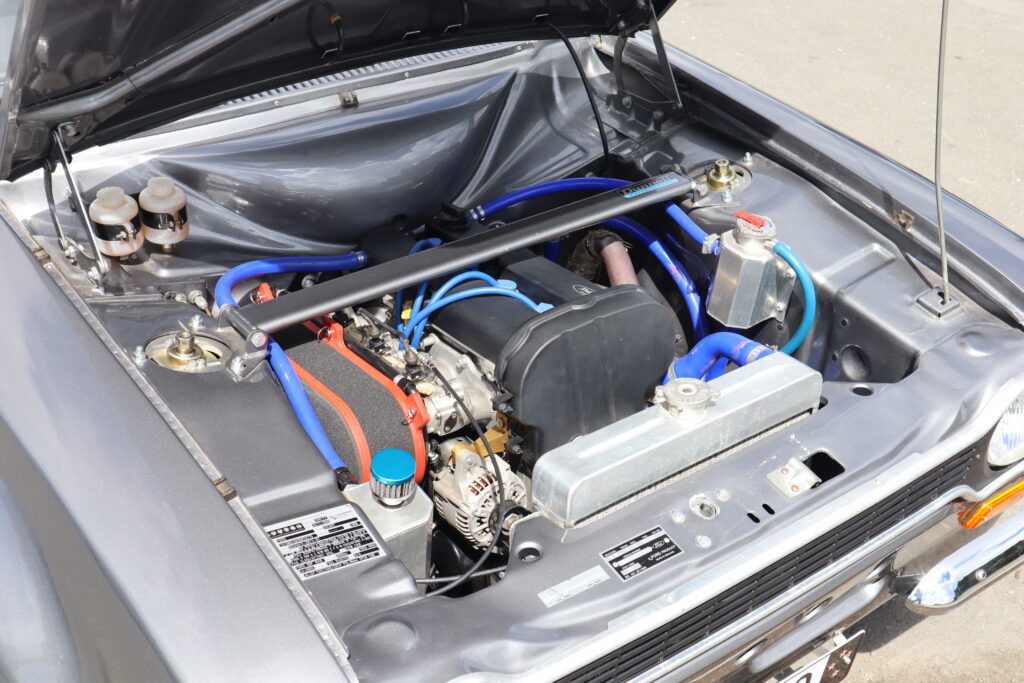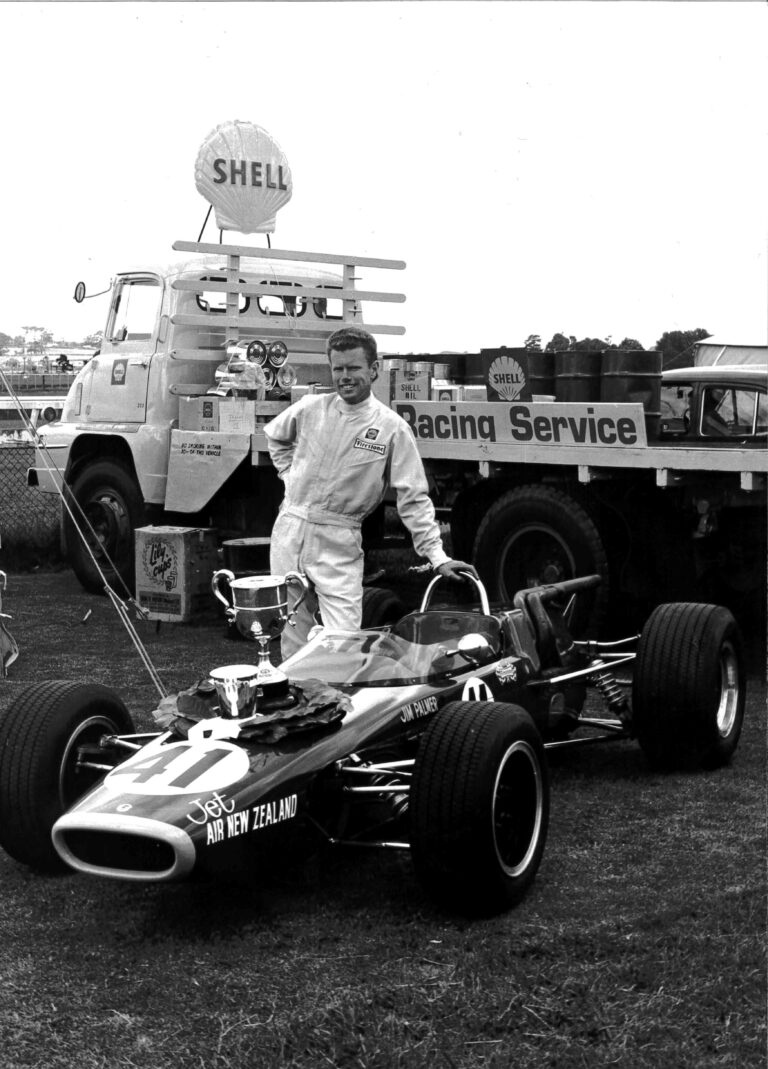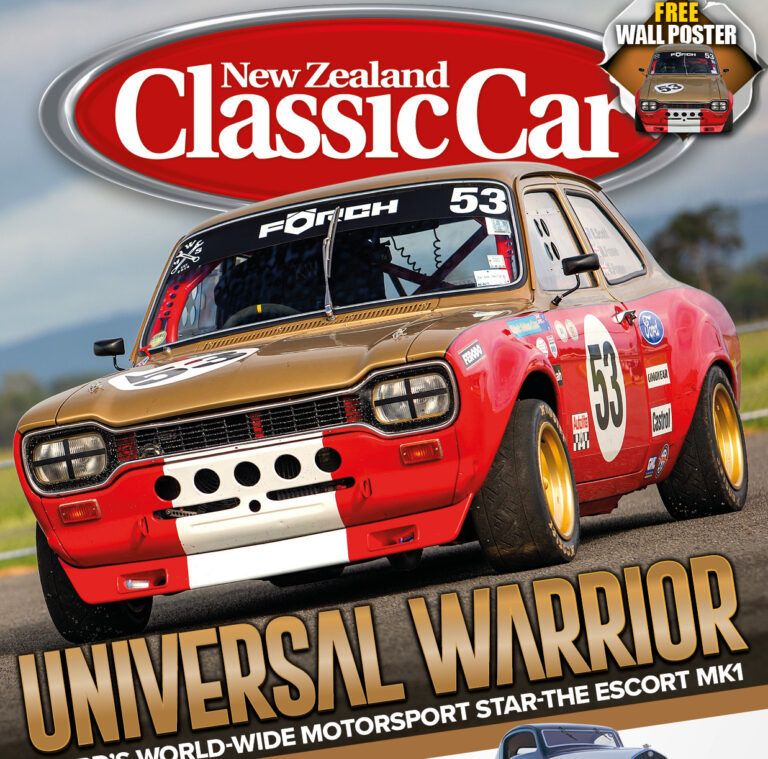Ford’s simple Escort proved amenable to the ministrations of tuners, racer, and factory rally teams, spawning a huge aftermarket tuning industry. This heavily reworked 1968 two-door celebrates that tradition
Words and photography by Vaughan Wilson
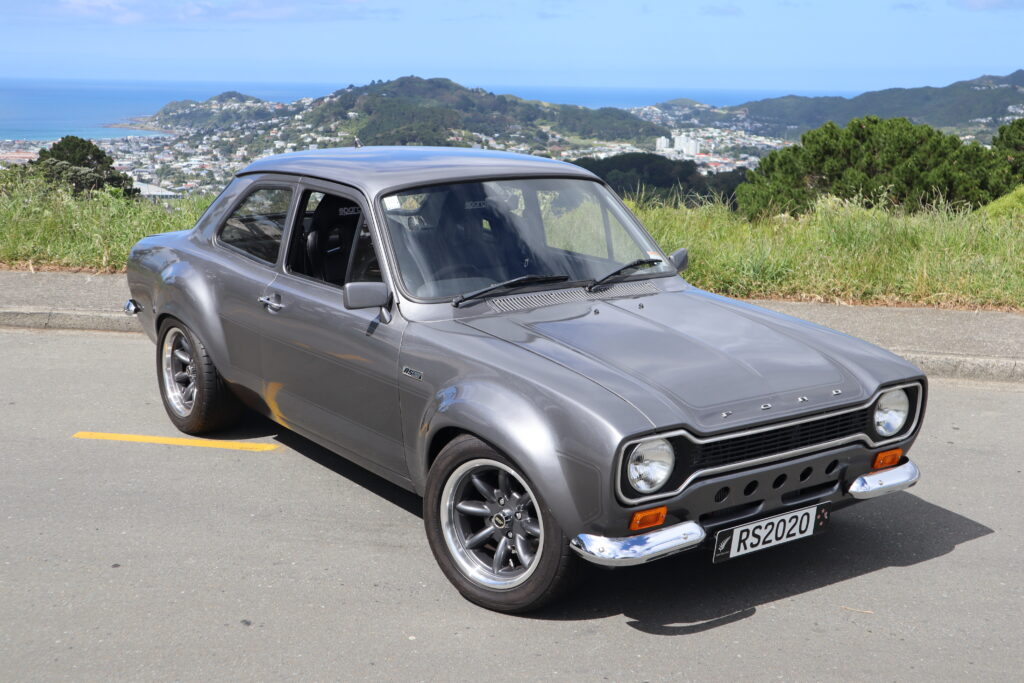
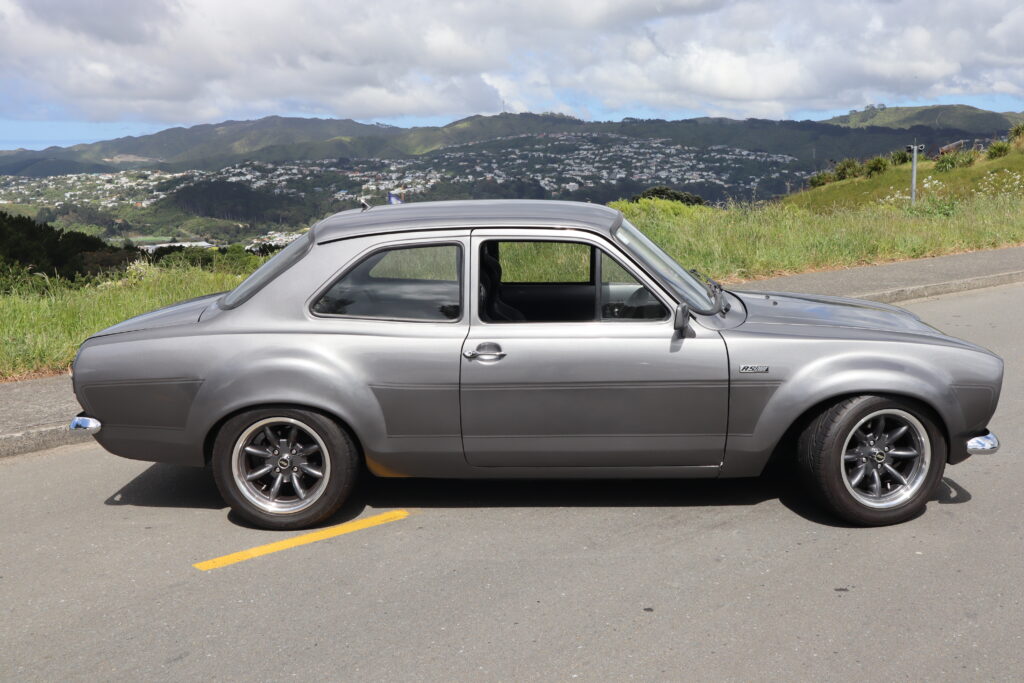
Today the word ‘escort’ is more usually applied to someone who provides companionship for an evening’s entertainment, but in the late 1960s it almost always referred to Ford’s mightily successful new small car. Perhaps Ford did not follow such a stringent marketing strategy for naming new models as it does today.
Recent times have seen US Ford SUVs all starting with E, such as Explorer, Expedition, Excursion, Edge, and Escape. European Fords have been more varied. F-words have been popular — Focus and Fiesta — and also made-up words with grandiose connotations such as Mondeo; and in the past, Italian holiday destinations such as Capri and Cortina were used to great effect.
When Ford was planning its Anglia replacement in the mid-1960s it looked at past models and chose the name Escort. It had used it once before on a reduced-specification version of the Squire, a 1950s station wagon (estate) version of the Anglia 100E and presumably had the rights.
The new Escort was no longer the ‘plus one’. It got top billing as the main model name of an important new car. Production started in late 1967 for a 1968 model launch. Initially, as a 1100cc and 1300cc with various models and features specifications with a 1300GT and Twin Cam models also introduced in 1968. The car was the first car (Transit Van was the first vehicle) built under the combined Ford of Europe conglomerate and the first small Ford to use rack and pinion steering.
It was built in Britain and in Germany for right- and left-hand markets respectively and assembled in other markets such as South Africa, Australia and New Zealand. The car sold well, and by mid-1974 had sold more than 2M units with 60% of these from Britain. Right-hand markets took to it better than left-hand markets where there was more competition in the form of the Fiat 128, Renault 12 and Opel Kadett.
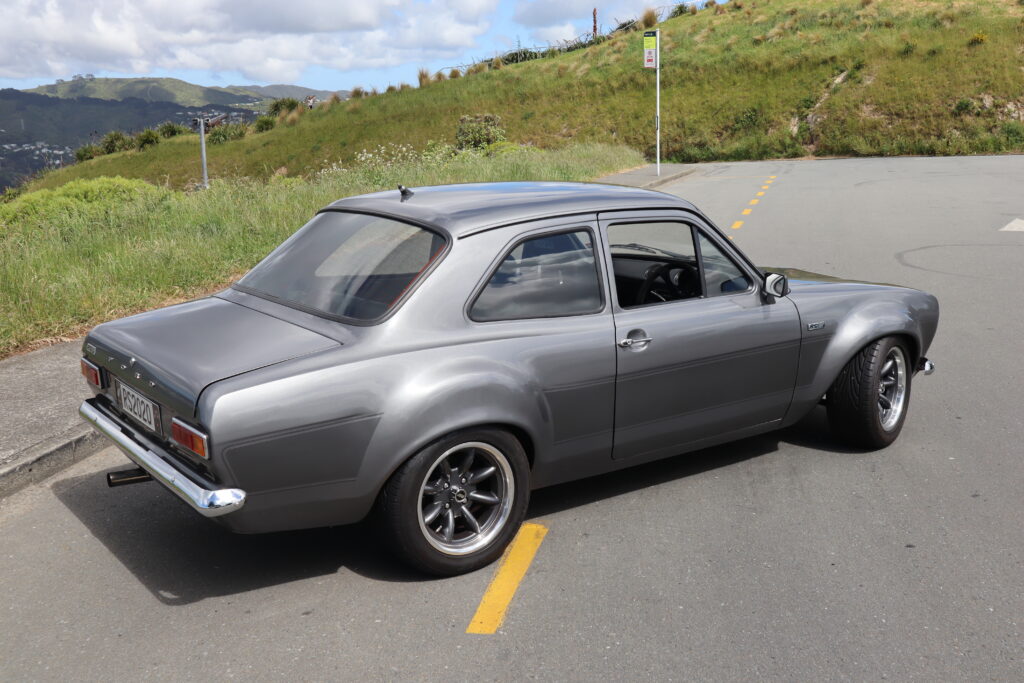
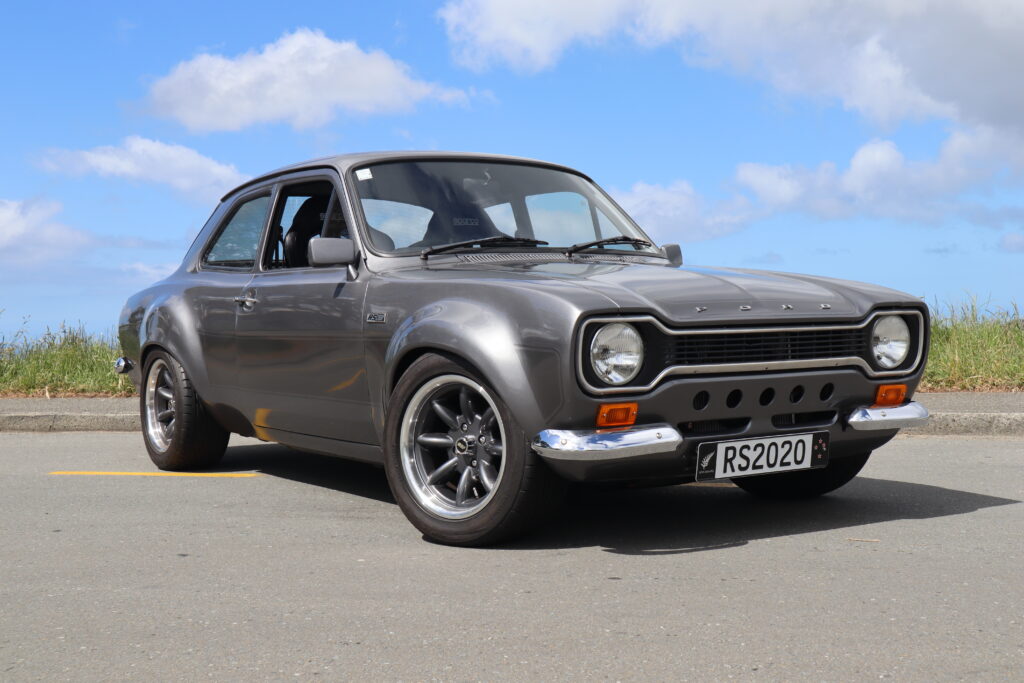
The right car at the right time
The Escort’s simple rear-wheel drive layout and good power-to-weight ratio led to a lot of success in rallying and tuners making it a favourite platform for other types of motorsport and the man in the street. The Escort was offered in two- and four-door configurations, along with a two-door estate and a panel van.
Ford supplied a number of sporty models with larger engines such as the rare and desirable Mexico. Other aftermarket versions were available with larger engines in them, mostly from the Ford stable, creating a mini-version of the muscle car movement of the USA and Australia.
The Mk2 Escort was launched at the end of 1974, and this sold well before being replaced by a front-wheel-drive version in the early 1980s. A similar vehicle also called the Escort was sold in the USA at this time. The Escort carried on with numerous changes and upgrades, finishing in the early 2000s with the Mk6 and finally being replaced with the Focus.
Over the years, I have jumped in and out of ownership of five Escorts including a Mk2 and they firmly left a place in my heart. These days, even finding one in reasonable condition can set you back the cost of a new vehicle, and rarer models a great deal more than that.
That brings us to our feature vehicle. This is not a matching numbers’ Escort. This is not a ‘day one’ car as it left the dealership or a ‘one owner in original but used condition’ vehicle. This is a one-of-a-kind Restomod. There is nothing on this vehicle that hasn’t been upgraded, renovated or improved.
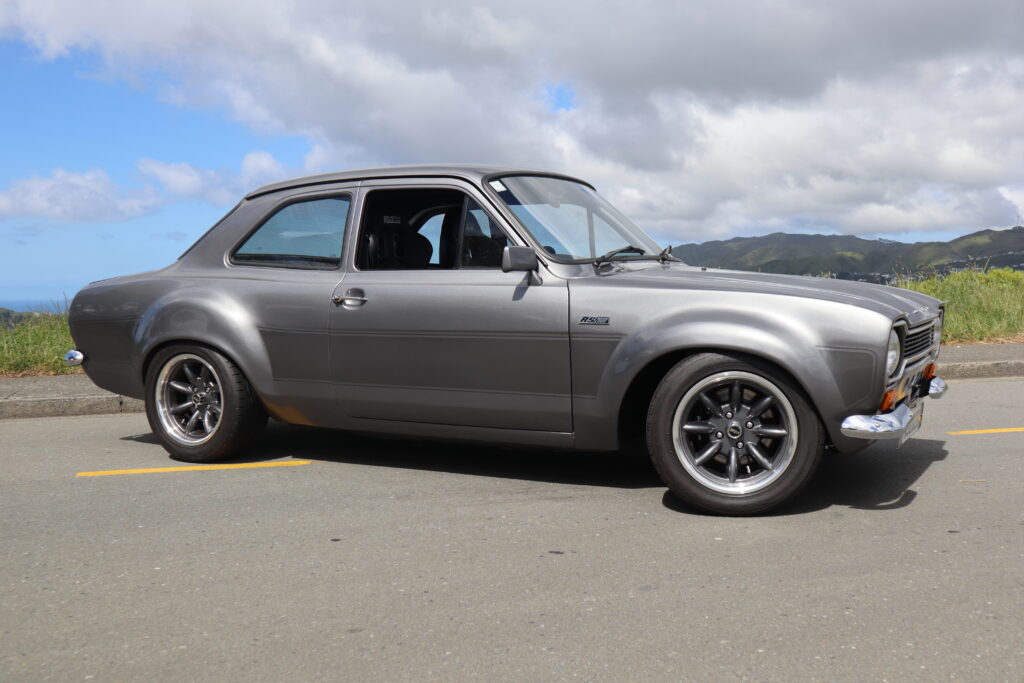
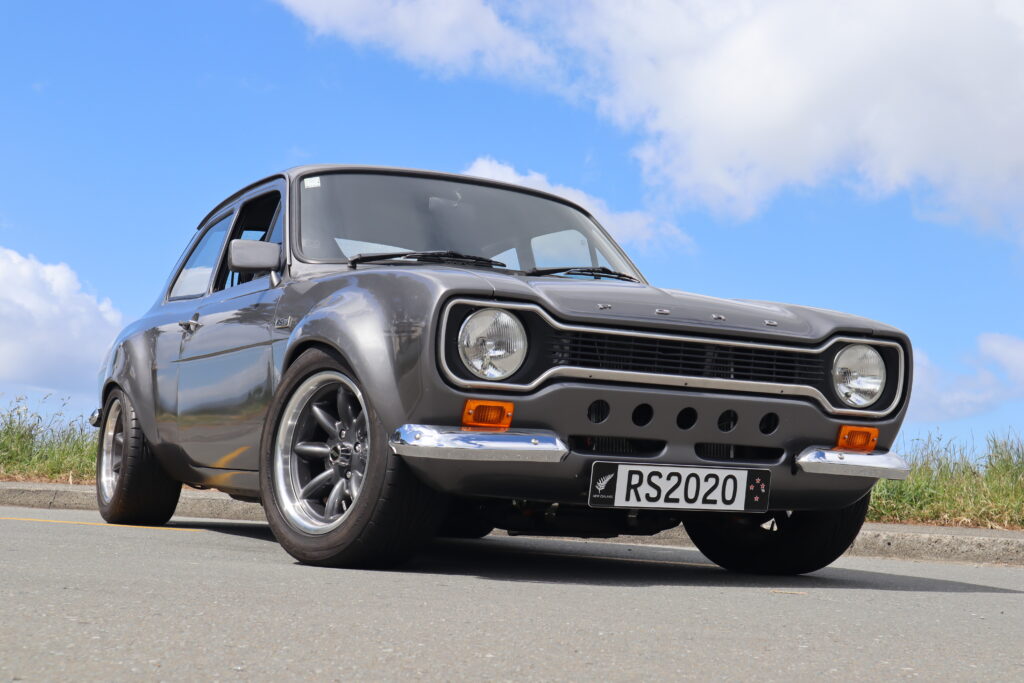
Make it so
The Escort started off as a 1968 1100 cc two-door sold new in Britain. At some point, it was retired from daily duty and set aside as a pet project for someone. When that project began is unclear, but much of the work was completed in 2014 including a complete rotisserie restoration.
By the end of 2014, it was finished but not completed. Its Wellingtonian owner bought it sight unseen from the UK and it landed here in early 2020. It was soon dispatched to Macbilt in Grenada North, Wellington for them to work their magic.
Macbilt had two instructions: to get the car through compliance for use on the road; and to improve the vehicle and finish the project so it drove as well as it looked. Looking at the car now, it has an amazing presence and stance. It can’t help but attract attention and a bevy of admirers.
There are one or two things that still need doing and panels requiring gap realignment but generally, the body is in decent shape with a gunmetal grey paint. The four guards have been flared in steel, and really enhance the look.
When it arrived from the UK, it sat high as the wheels bulged wider than the flared guards. To get a lower stance, to improve handling and the looks, a new suspension system was installed. This involved XYZ coilovers and track-control arms up front. The rear coilovers were changed to allow the wheels to fit better within the guards, and the turrets meant it had no rear seat.
The car has a 2014 Zetec 2.0-litre crate engine from Dunnell Engines in the UK with ITBs (individual throttle bodies) built to 190hp. It is mated to a Sierra five-speed gearbox.
The Escort also required a full review of the steering geometry to get it handling and driving just right. The steering is electric-assisted with an aftermarket unit under the dashboard visible above the pedals.
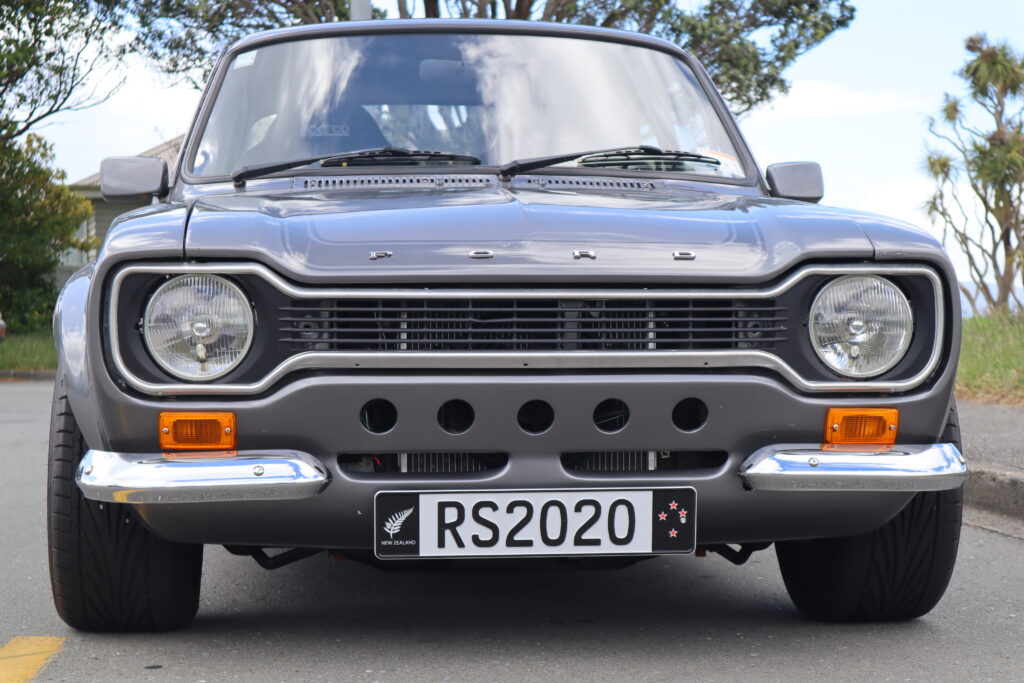
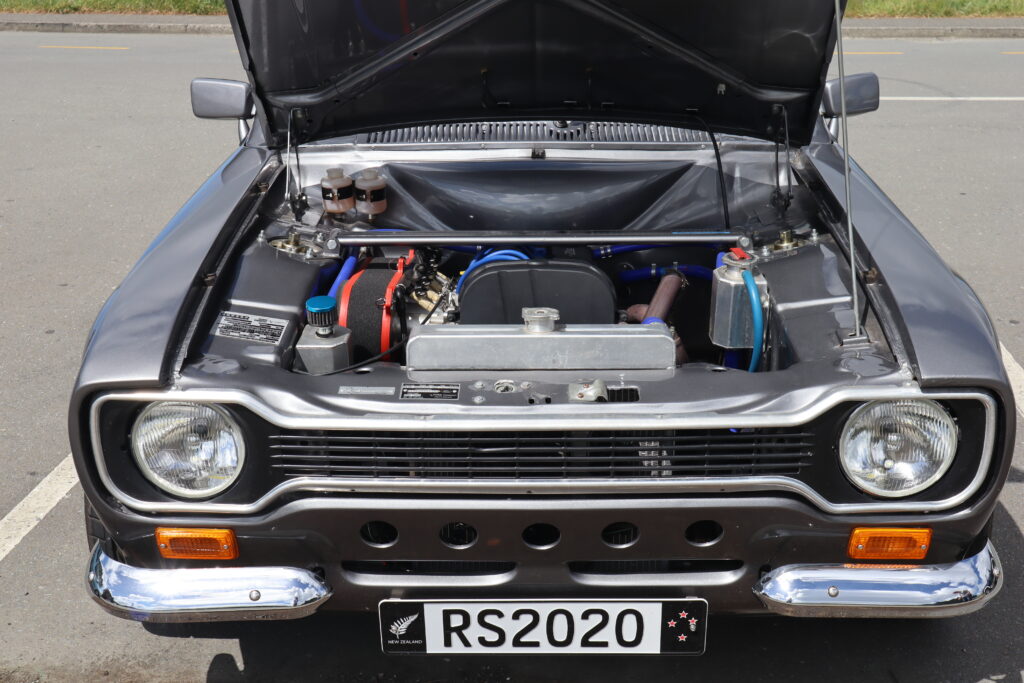
Kiwi code
For NZ compliance it needed LVV certification because of the modifications. Work included removing the non-compliant roll cage and harnesses with regular seat belts installed. Other works included welding cover plates and modifying the aftermarket fuel tank in the middle of the boot. This tank is filled from within the boot with the boot lid open. The original small tank of some nine gallons had been removed. The sender unit was also altered to meet LVV requirements along with the steering rack. The TCAs were replaced and new XYZ coilovers were installed. The underside components were all refurbished.
When this car was first sold in 1968 it was shod with 12-inch steel wheels. These have been replaced with 15-inch JBW on 225/50/15 tyres front and rear. The front brakes have been upgraded to handle the power of that Zetec with a Wilwood disc set-up. The existing discs on the rear were left alone. The make and source of these is unknown, as is the diff.
Back in the UK, someone had installed a GT dashboard with six gauges. These were hard to read for Geoff without his glasses on. I’m sure many of us can sympathise with that. He replaced the gauges with Stack units, which are much clearer and easier to follow.
Sparco racing seats were installed in the front to provide a comfortable but bolstered ride. Coming off the ship in 2020 it didn’t have a rear seat. A second-hand Escort seat was modified to fit around and over the suspension and reupholstered to match the new front seats. Sparco pedals and steering wheel were also installed.
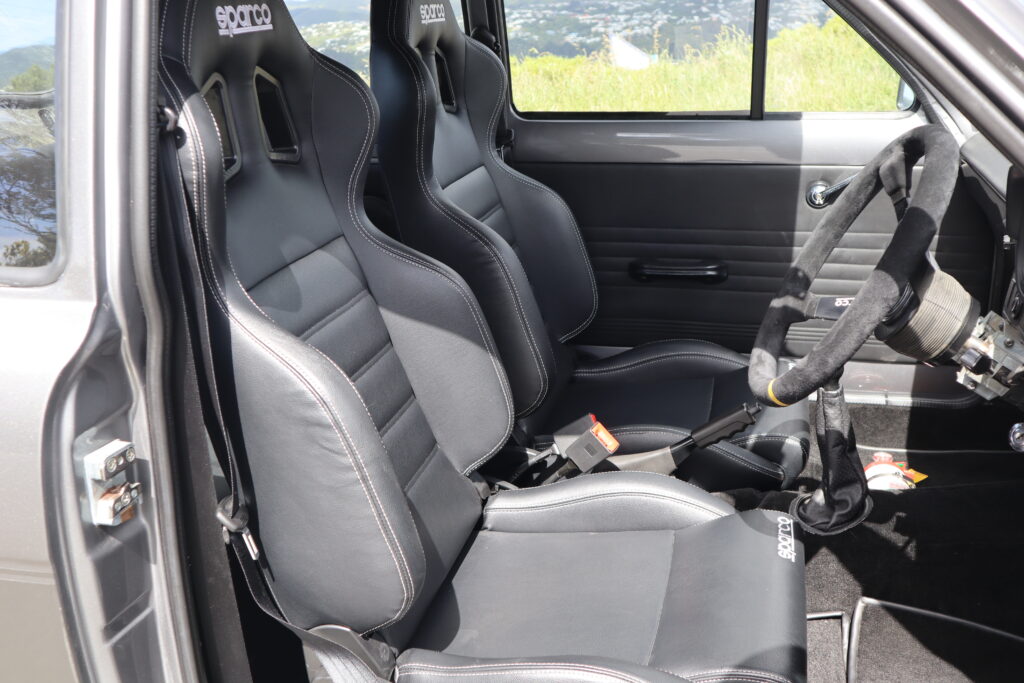
Finishing touches
New door cards are on the shopping list along with carpets in a contrasting colour. The rest of the interior is largely complete and functional, but the final project on the car is to customise it with carbon fibre elements. Covering up under the dash on the driver’s side is a particular area of focus plus a centre console as well as further auxiliary gauges as part of the carbon fibre install and some fine tuning to remove rattles and squeaks.
The stereo was removed and won’t be replaced. The soundtrack offered here is a brutal and raucous mash-up of power and corner-loving componentry. The noise is part of the journey.
This Escort represents a fast, Pro Street-style Restomod build. It’s not one for the purists but it embodies the passion to upgrade the car so that it handles and stops far better than any Mk1 Escort ever did when new, which is synonymous with Escorts of any era.
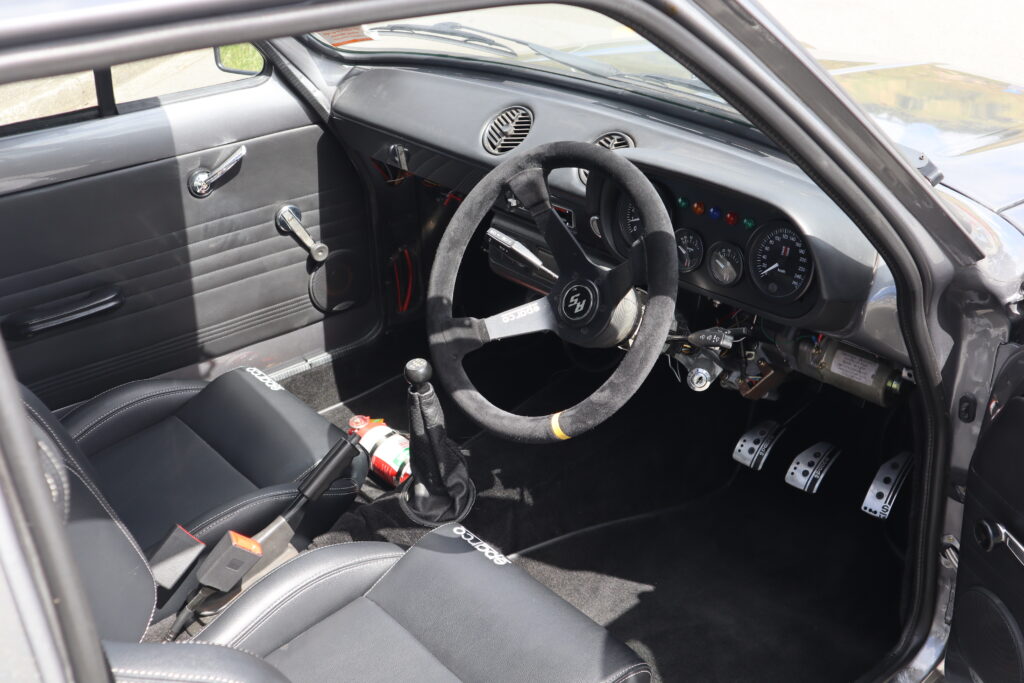
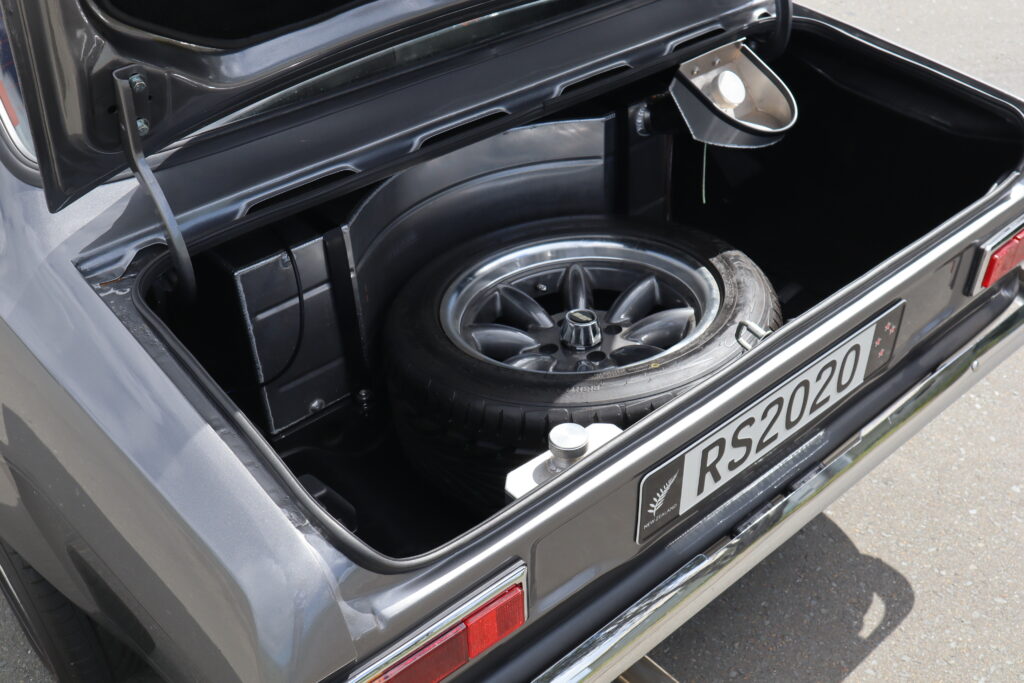
1968 Ford Escort modified
Engine – 2-litre Zetec crate engine
Bore/Stroke – 87.5/83.1
Valves – 16, DOHC; four valves per cylinder
Comp. ratio – 10.8:1
Max Power – 190bhp (141 kW) at 6,450rpm
Max torque – 165 ft-lb at 5500 rpm
Fuel system – Twin throttle body
Transmission – Sierra five-speed manual
Suspension, F/R – coilover springs front and rear
Steering – rack and pinion
Brakes, F/R – four-wheel disc brakes
Weight – Originally 805kg, currently unknown
Performance:
0-100kph – Unknown
Top speed – Unknown
